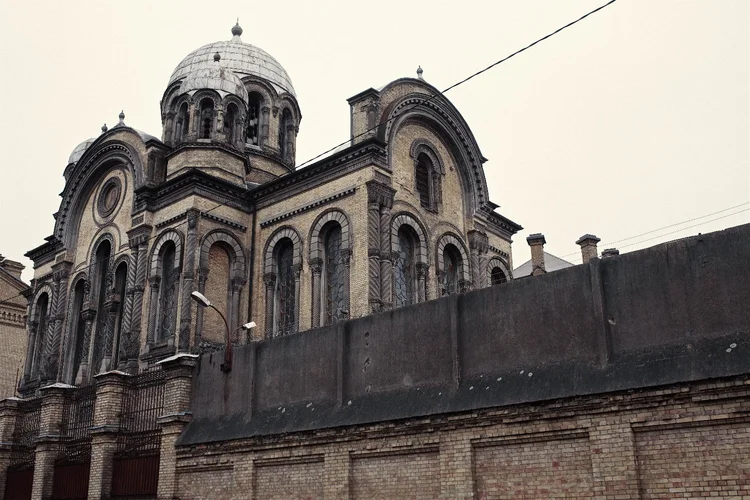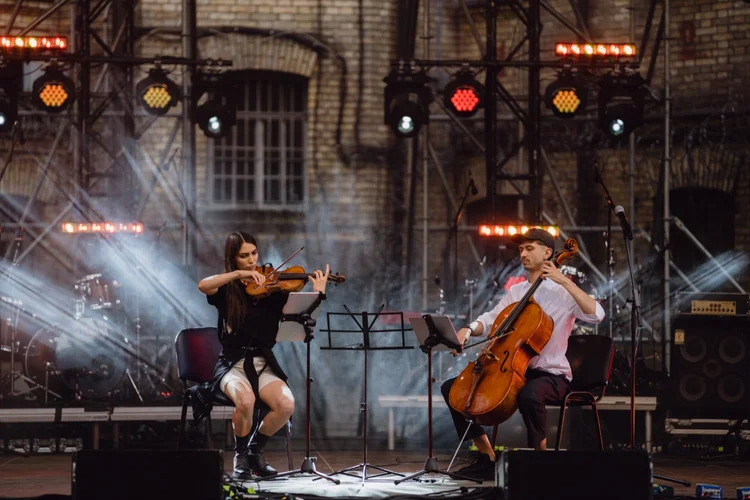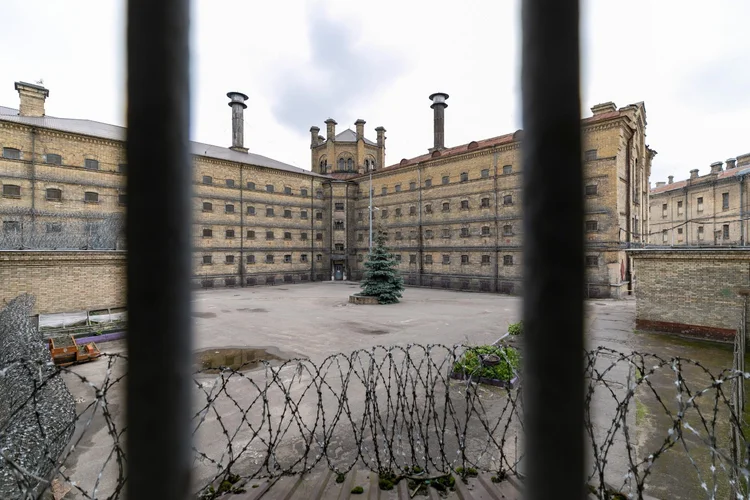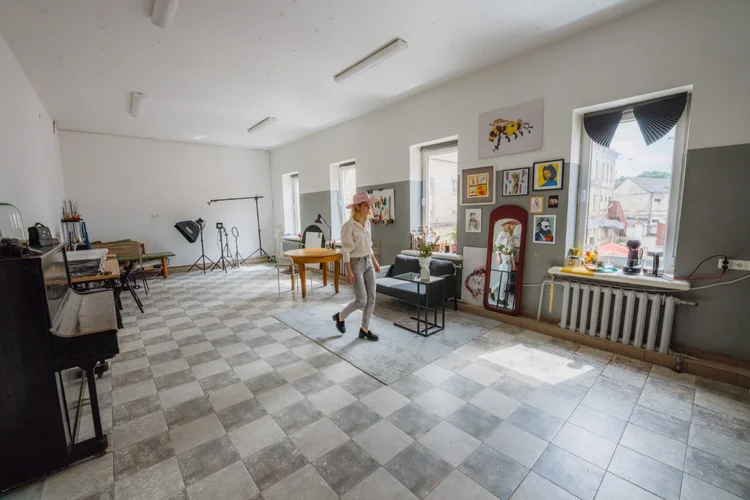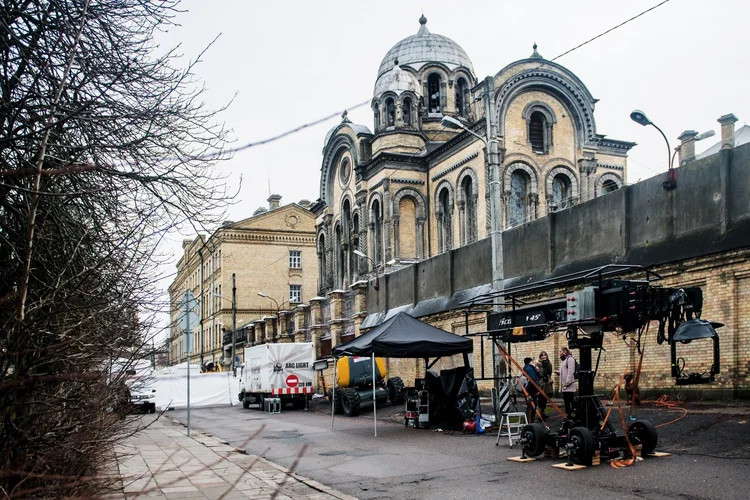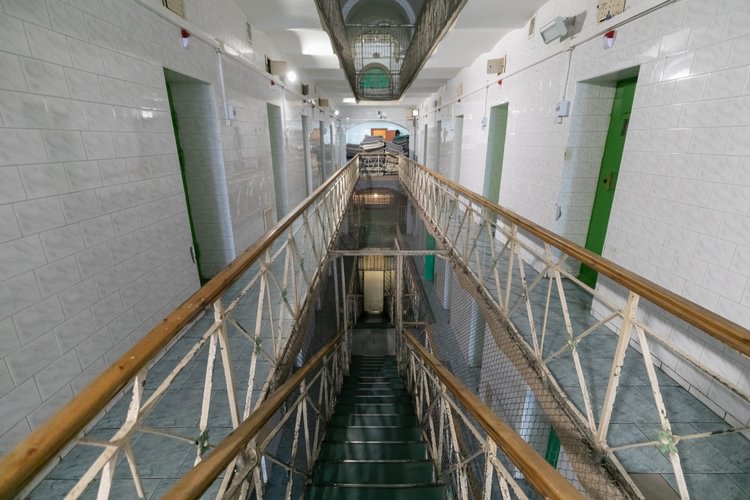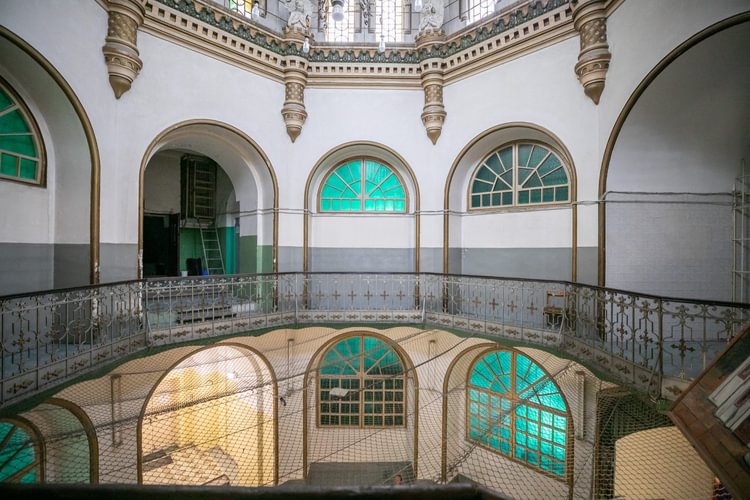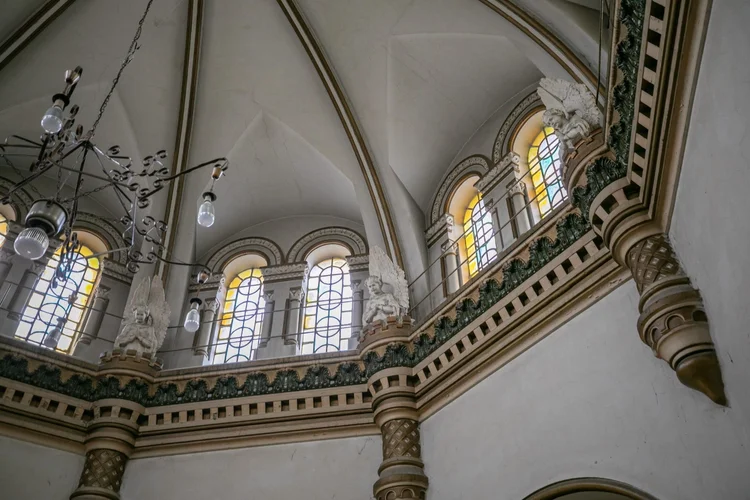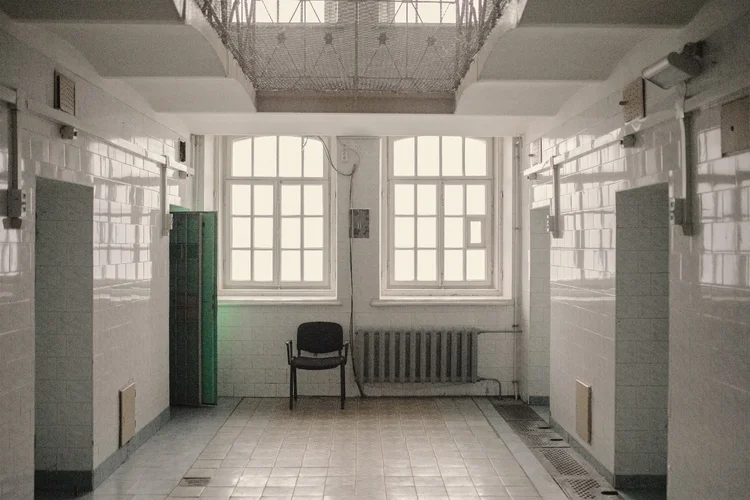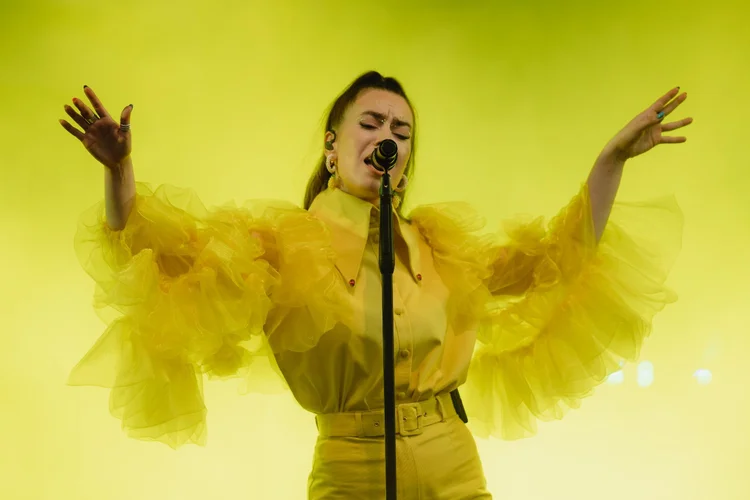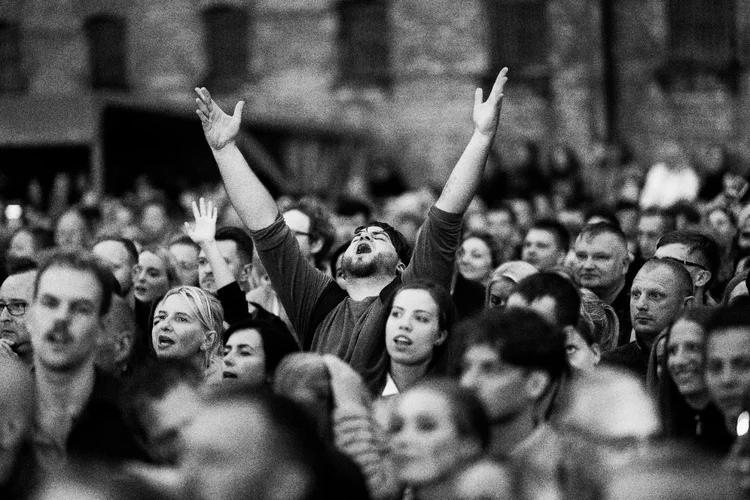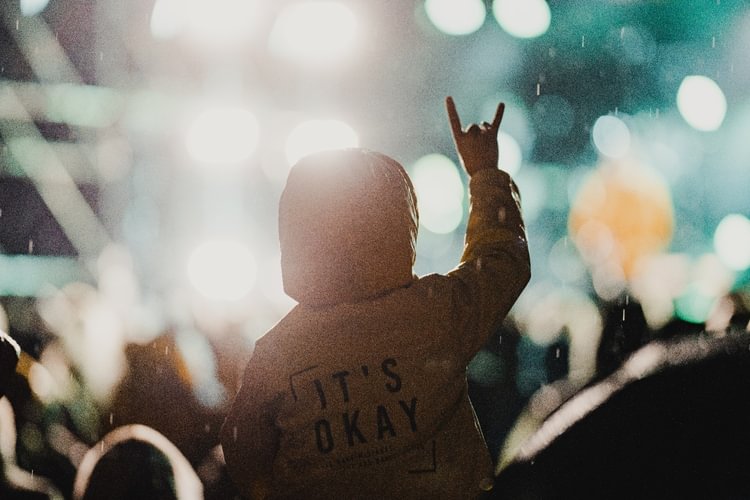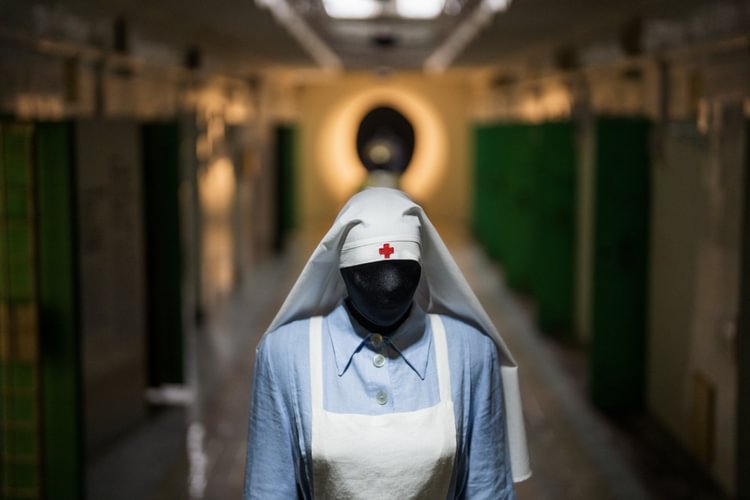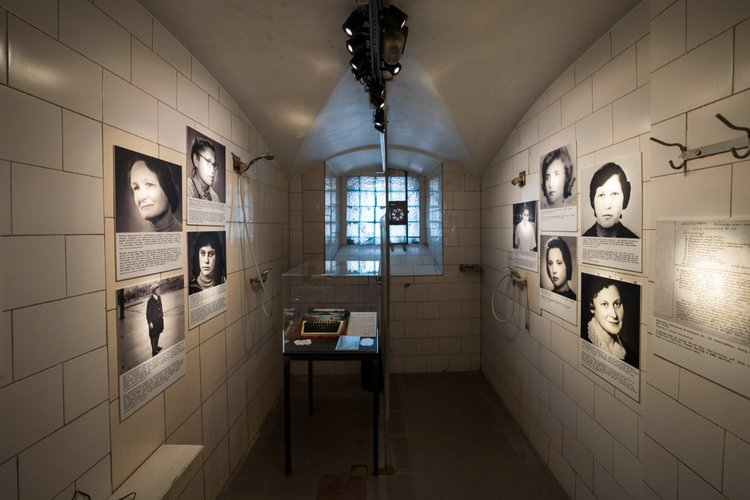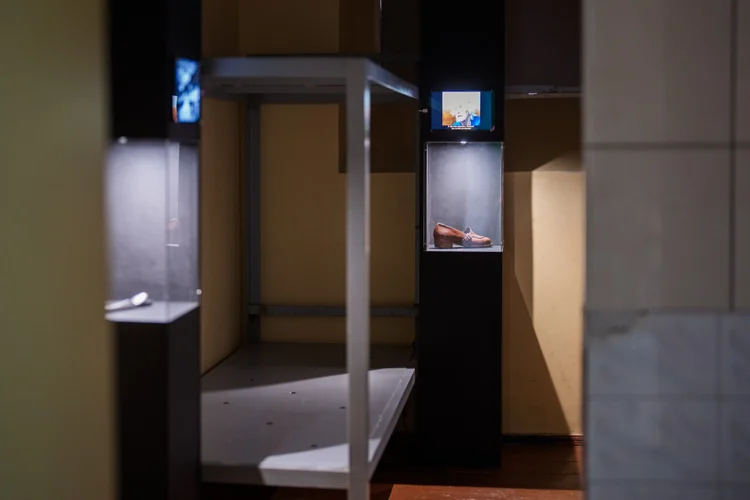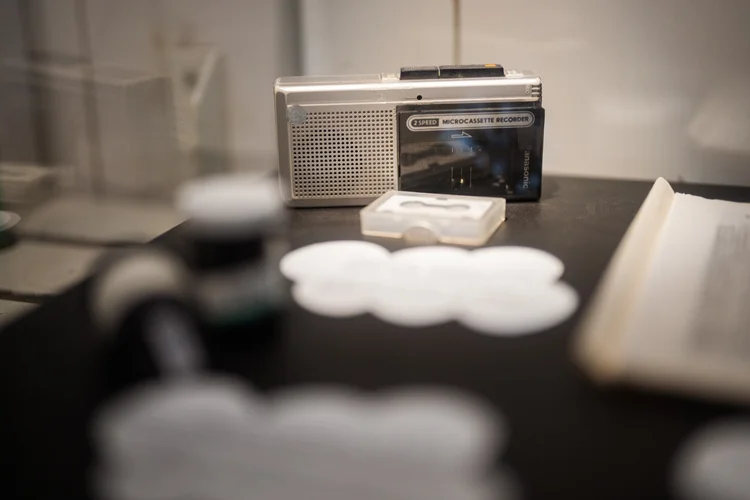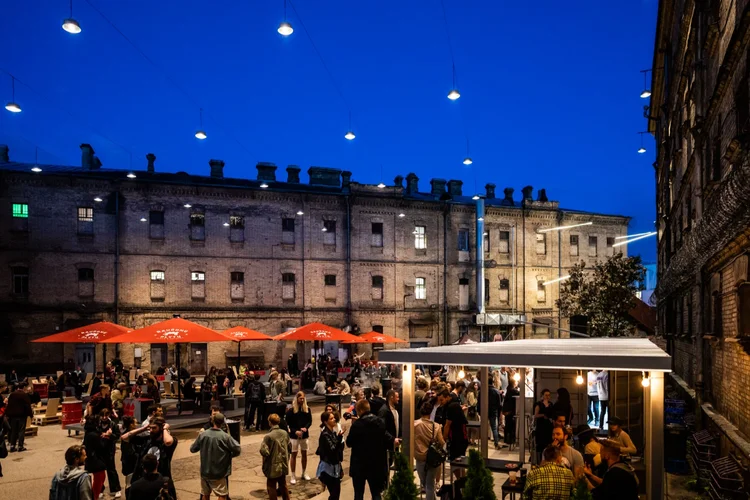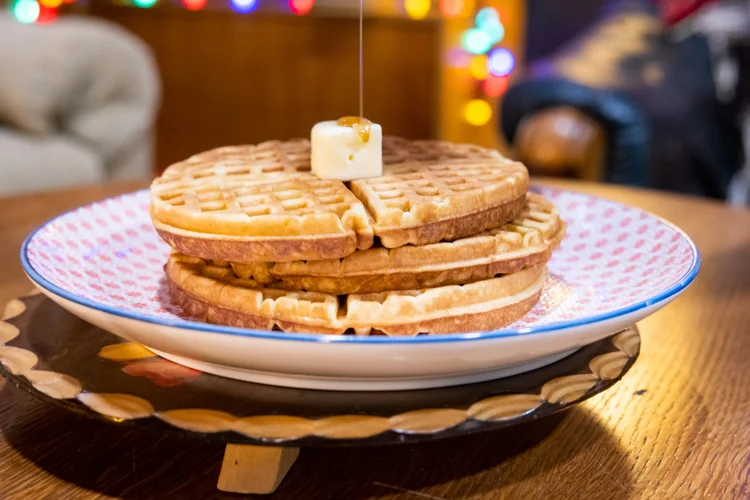Lukiškės prison
For 118 years, Lukiškės Prison was guarded by high walls and barbed wire, but today the site is open to the public. From prison to artistic venue, a new version – Lukiškės Prison 2.0 – is home to 250 creators and artists, and a place where curious spirits can learn and explore.
Many cultural, music, and art events frequently take place in the designated areas of the prison. For instance, a British electronic music project Jungle, which took place in mid-May, a theater festival SIRENOS ‘21 back in October, Bix Berlin ‘89 concert in September to commemorate the anniversary of the fall of the Berlin wall, and other local and international projects. All current activities are carried out with the utmost respect for the prison’s past and honoring the people who served sentences for over one hundred years.
Sit down for a refreshing drink, attend a concert or take a tour to get a glimpse of life in the former prison. This unique space has become a star on the silver screen as well. The location easily transforms to depict various spaces, and has even served as the backdrop for some world-famous movies and TV series.
From confinement facility to cultural venue
Vilnius’ Lukiškės Prison has over one hundred years' worth of history. Once a fully-operational prison, it ceased to function as a confinement facility three years ago and opened its doors to the public and the artists.
Lukiškės Prison, built right in Vilnius’ center and next to the main streets, was a modern complex compared to the monasteries which typically served as confinement facilities in 19th century Vilnius. It was the only prison to allow Russian-Orthodox, Roman-Catholic, and Jewish worship places. Criminals, political prisoners, and exiles served their sentences from 1904 till 2019. The Prison complex survived both World Wars and the Soviet occupation.
Lukiškės Prison held many political prisoners of not only Lithuanian, but also Belarussian, Polish, and Jewish backgrounds who were not approved by various changing political regimes. Among the political prisoners, some were well-known social activists, political figures, writers, and signatories of the Act of Independence of Lithuania—people of different ethnic, political, and social standing who were not convenient to the political regimes of that time.
During World War II, when Lithuania was occupied by the Nazi Germany, this regime brought the detained Jewish residents to Lukiškės Prison where they were held before being brought to another location, Paneriai, for executions. However, according to historians, the Jews were never executed in the prison and, after September 1941, many of the Jews were no longer held in the prison but in the ghetto in a different location.
Some notable figures who served sentences as political prisoners in Lukiškės Prison: Jonas Vileišis (imprisoned in 1916), a Lithuanian lawyer, social activist, and signatory of the Act of Independence; Julija Beniuševičiūtė-Žymantienė, known as Žemaitė, (imprisoned in 1915), a well-known Lithuanian author; Vincas Kudirka (imprisoned in 1895), the author of Lithuanian hymn; Menachem Begin (imprisoned in 1940), the Zionist activist who later became the Prime Minister of Israel; Leopold Tyrmand (imprisoned in 1941), a Polish author and editor; Maksim Harecki (imprisoned in 1922), a Belarussian political activist and author, and others.
Even though the building complex now serves as an alternative venue for musical, cultural, and artistic events. The interior and the exterior of the prison have been carefully preserved to respect the century of history and the many notable political, social, and literary figures once confined in the building complex.
New life given by artistic community
Jolita Vaitkutė is one of the artists based in Lukiškės Prison 2.0 and has established her studio in the prison’s former canteen. According to her, engaging in creative activities surrounded by so many other artists feels special, despite the building’s grim past. “Artists are great accelerators when it comes to converting old spaces into something unprecedented,” she says. “The era of Lukiškės being a prison is long gone because we, the artistic community, have given it new life and meaning.”
Famous Filming Locations
The architecture of the now-defunct prison has attracted worldwide attention, especially among those looking for unique spaces to serve as the backdrop for films and commercials. If you’re a fan of Stranger Things, keep an eye out for Lukiškės Prison in the show’s recently released season 4, or try to spot it in a Gucci commercial.
Guided Tours
It’s difficult to imagine what daily life was once like behind the walls of Lukiškės Prison, but guided tours will take you on a walk and transport you to the past. Explore the architecture, tour the complex’s darkest corners, learn some of its best-kept secrets, and get ready for a scare at the exact Stranger Things shooting spots – the corridors, walled courtyard and 80’s style decorated cell.
Leading up to the premiere of the new season, an 80s-themed cell with a decor inspired by Stranger Things was presented, inviting visitors to tour the prison grounds and spend the night in the cell. After the initial presentation, the project was adjusted. The cell is no longer available for booking. However, it can still be spotted during guided tours in prison.
Check out the tour schedule: English, Russian, and Polish tours can be booked via email: [email protected]
Music and Cultural Events
Lukiškės Prison 2.0 has ushered in the summer season with a fully packed cultural programme.
Upcoming events include festivals, film screenings, leisure activities, a Lithuanian National Museum exhibition entitled Women Warriors, and other nationally-recognized events. “We believe culture has the power to reinforce and transform Vilnius, so we have to initiate some kind of a jolt to create new emotional ties with the former prison,” says Martynas Butkevičius, representative of 8 Days a Week, an agency behind the current version of the prison. “Lukiškės has a lot to offer the city and vice versa; therefore, from now on we will work to create the best version of the prison instead of looking back at its past.”
Folk, Food and Fun
At noon every day, you can pass through the gates into the facility’s yard and unwind at the bar with a refreshing drink in hand, or opt for the best pizzas in town every summer weekend, as well as the eggs Benedict, French toast and special waffles dedicated to Stranger Things’ Eleven, among other delicious options. There are tons of hot and cold beverage choices to help you relax among the colourful and hip people in the local pubs and bars. You can meet local artists and creatives, musicians, and many other inspiring personalities.
Attend one of the many concerts happening on the open-air stage and take in the light installations when the sun sets. Stay up to date with events here.

